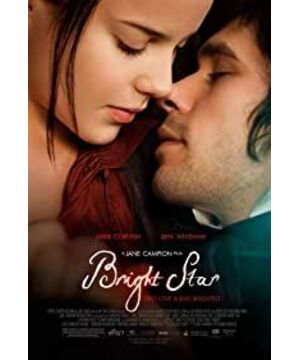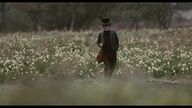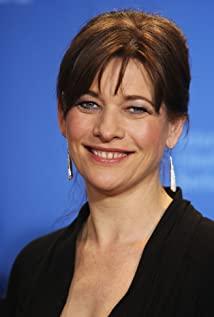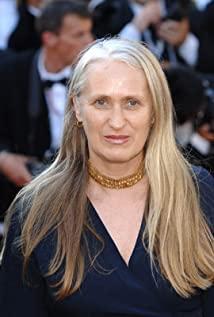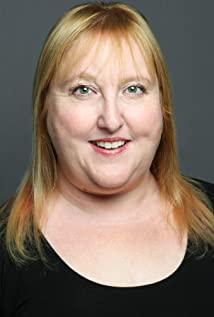I met a girl who was beautiful and graceful, just a bit stubborn and silly, and I think I fell in love. ——Keats' letter to his American friend George in 1818
Familiar with poetry, and Keats's people know that he died young, at the age of 25, he was depressed and destitute before his death. The short-lived love between him and his only lover, Finney, has long been forgotten by the world in this trivial time. However, like all great artists in the history of art, the flash of inspiration comes at the moment of love. "Ode to a Nightingale", "Ode to the Ancient Greeks", "Ode to Autumn", and "Bright Star", which was improvised on the backing pages of Shakespeare's books, were all born out of Keats' short but beautiful love life. 's poetry. That's why today's "Bright Star", 200 years later, uses the unique female feelings of female directors to cherish a love forgotten in time.
Although "Bright Star" features Keats, it's definitely not an ordinary biopic. Directed by Jane Campion, the female director who filmed "Piano Lesson", "Bright Star" is more like Finney's love essay, and the love story makes the great poet take a back seat. From Finney's meticulous stitching at the beginning of the movie, to this woman's initiative and boldness in front of love, to the suffocating cry when she finally gets bad news, in my opinion, this movie is more like a stubborn and paranoid woman in front of love All the courage and perseverance of Jane Campion has not departed from Jane Campion's consistent female consciousness.
And 200 years later, this love story is still fresh and vivid in the flow of the camera. When watching the movie, there is always a moment when the bleak breeze of England brushes my cheeks in a trance, and there is sadness in the coldness. Keats and Finney felt each other by beating on the wall; they smelled the flowers in the garden in early spring, looking for the most beautiful fragrance; Keats used last night's little dream to ask Finney for a kiss; Finney, who was bathed in love, collected the whole room. Butterflies; and the note that says "goodnight" in Finnish in Keats disease...all the little details that make this 19th-century lover light up whoever is watching, that's what we've always been Ignore the real Romeo and Juliet. The most impressive scene is the engagement day of Keats and Finney. There was no ceremony, no officiant, Finney, Keats, and their family danced in the garden. Finney hugged Keats, who was still ill, and the family lay leisurely on the grass in the garden. Although England is still cold in early spring, perhaps the most memorable moment in Finney's love melts in the embrace of this spring. It's just that good things are fleeting, just like the short spring in England, when Finney sent Keats away to treat his illness, only the bad news of the poet's death in Rome and the last poem "To Fen" completed during his lifetime "Nee"...
Finney served Keats for twelve years before marrying another person. She never took off the ring that Keats gave her, guarded the love all her life, and never revealed it to a third person, until she died. Keats's love letter was entrusted to future generations, and the secret kept for 50 years was known to the world, so there is today's "Bright Star". At the end of the movie, Finney in a black widow suit walked in the wilderness, reciting "Bright Star" in his mouth: "Bright Star, I pray to be as firm as you"... Then, the screen went black, and the gloomy sound of the cello was heard for the first time. In the film, accompanied by the singing of the soprano, the poet Keats recited "Ode to a Nightingale", and the film gradually ended in such a poem, as softly as stroking a lover's face, when I fell asleep last night, my ear The haunting line is Keats' poem, "Is it a hallucination? Or a nightmare? The song is gone, am I asleep or awake?"
View more about Bright Star reviews


